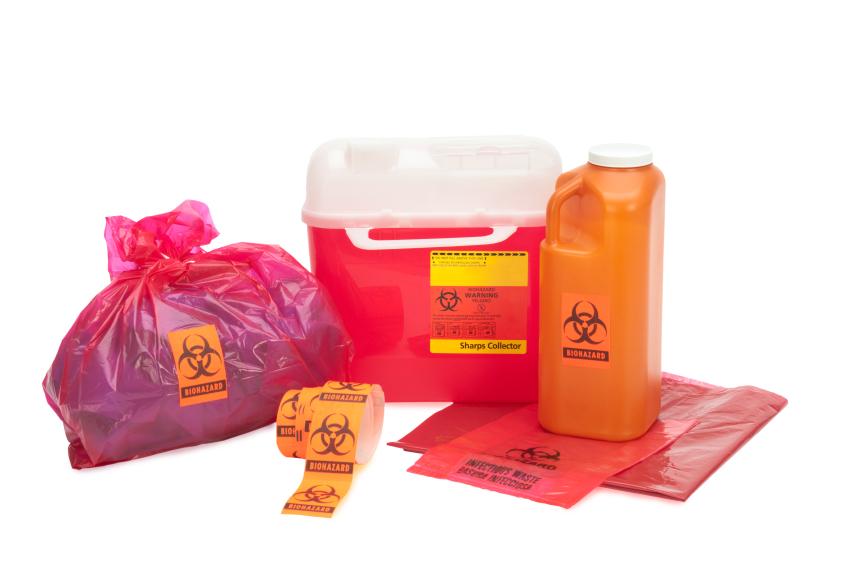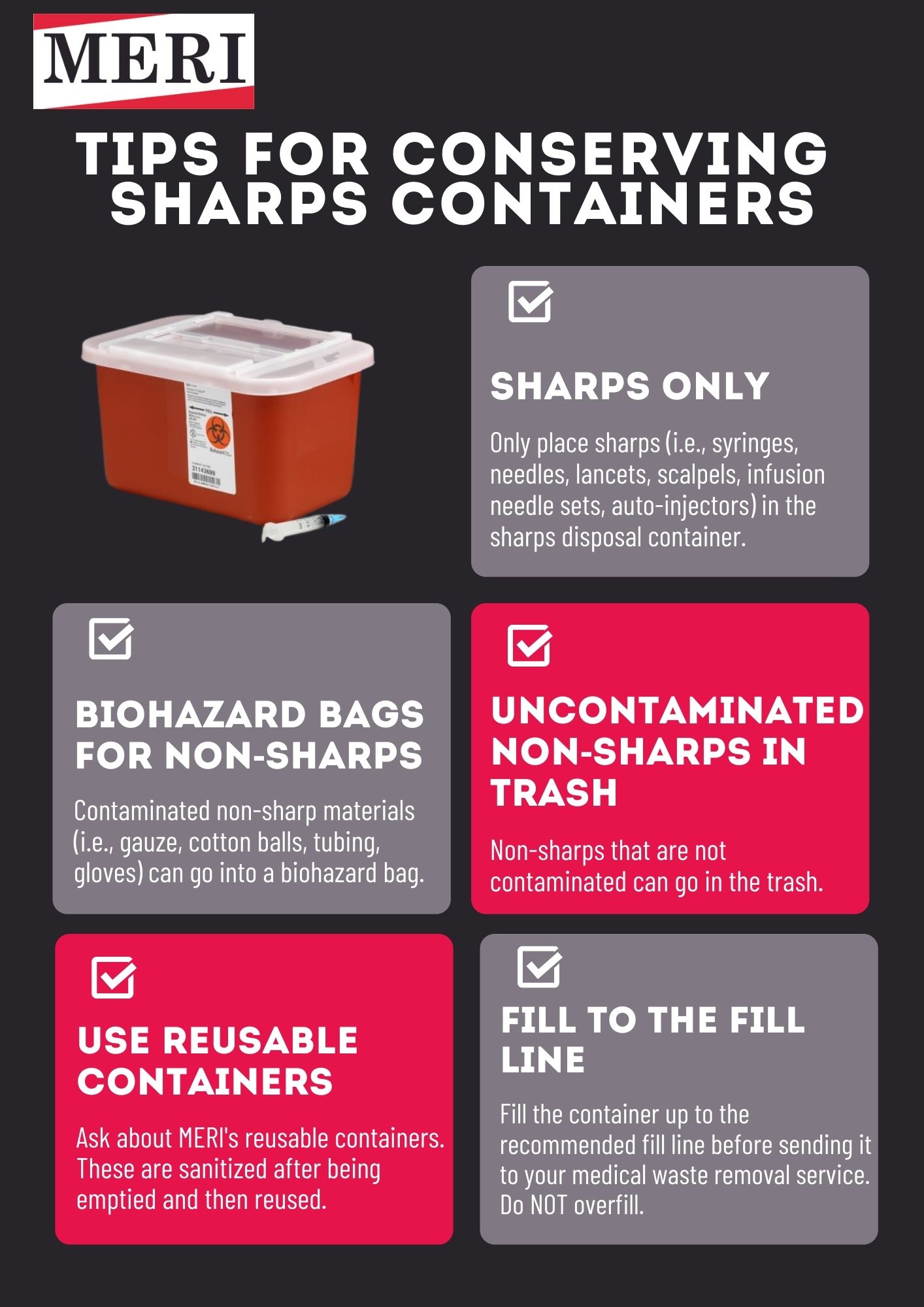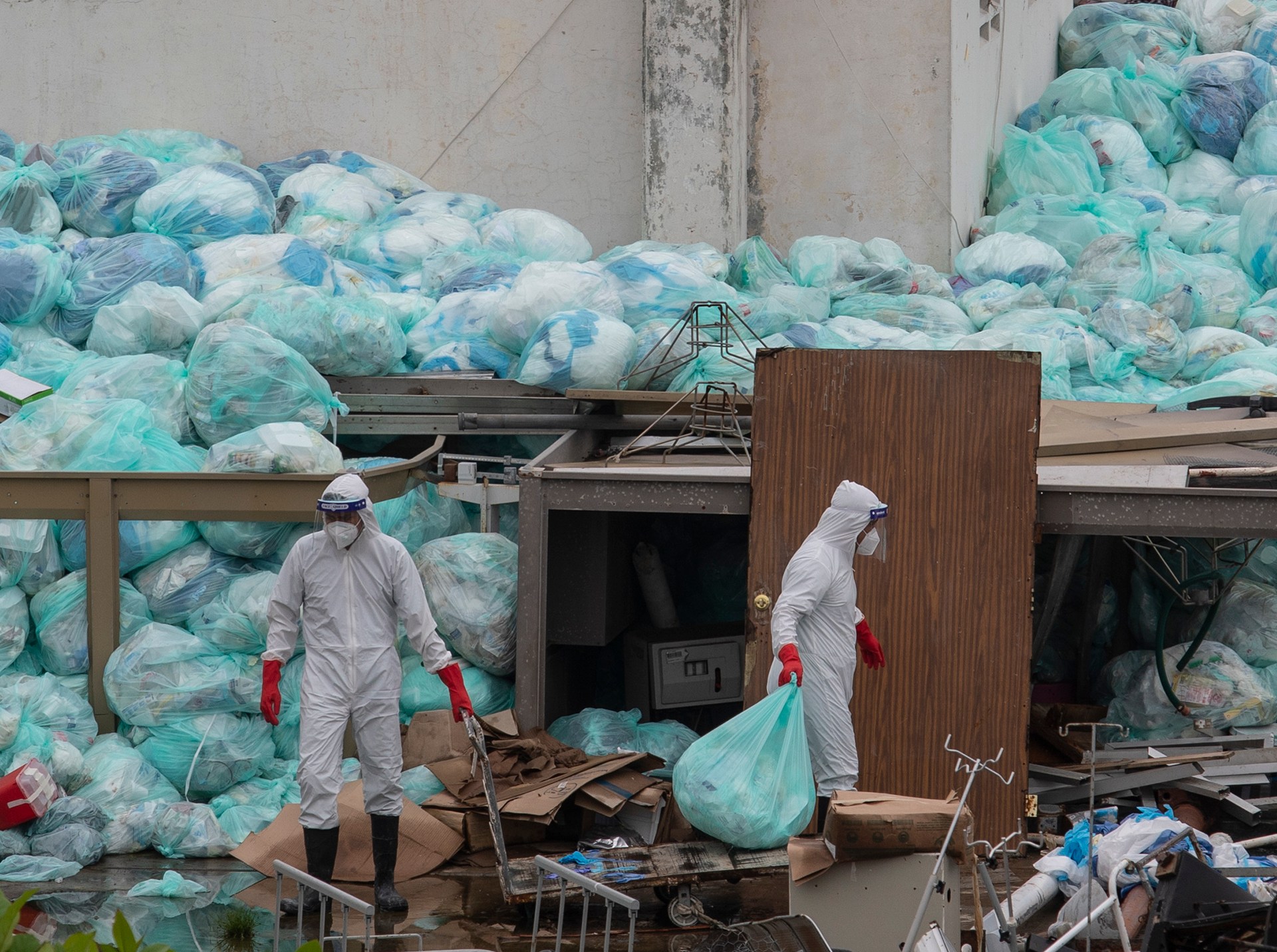Comprehending the Various Types of Waste Disposal Methods
In the world of waste monitoring, the array of disposal methods offered today is substantial and varied, each method serving an unique objective in addressing the difficulty of waste disposal. click here. From recycling techniques that intend to offer new life to products, to the detailed processes of dangerous waste administration, the landscape of garbage disposal is intricate yet crucial for environmental sustainability. Comprehending the subtleties of these various strategies not only clarifies the value of liable waste administration but additionally prompts us to rethink our method towards garbage disposal in a quickly advancing globe

Recycling Methods
Reusing techniques are essential for sustainable waste monitoring methods in both commercial and household setups. medical waste removal near me. By executing reliable recycling methods, a significant quantity of waste can be drawn away from landfills, preserving natural deposits and decreasing the ecological impact of manufacturing processes
In suburbs, curbside recycling programs play an essential role in motivating households to different recyclable products from basic waste. Materials such as paper, plastics, glass, and steels can be sorted and gathered for handling into brand-new items, minimizing the need for basic materials and energy-intensive production procedures.
Industrial facilities additionally depend on reusing methods to lessen waste generation and promote a circular economic situation. By executing closed-loop systems, companies can recycle materials within their production procedures, reducing expenses and ecological impact. medical waste disposal. Furthermore, commercial recycling programs frequently include collaborations with specialized reusing centers to guarantee that products are appropriately arranged, processed, and reintegrated into the supply chain
Composting Methods

Oxygenated fixed pile composting entails blending natural waste products in a large stack and frequently turning it to make certain correct oygenation. This strategy is well-suited for smaller-scale operations and families.
In-vessel composting entails positioning natural waste in a shut container with regulated problems for temperature level and aeration. This approach is reliable for taking care of food waste in metropolitan areas. Windrow composting includes creating long rows of natural waste and regularly transforming them to promote decomposition. This technique is typically made use of in agricultural setups.
Land Fill Disposal
Landfill disposal is a typically made use of method for taking care of waste that can not be recycled or composted. Methane gas, a by-product of breaking down natural waste in land fills, is frequently collected and made use of as a resource of renewable energy. Efforts to decrease dependence on garbage dumps include promoting waste decrease, recycling, and Web Site checking out alternate waste disposal techniques to minimize the ecological impact connected with conventional garbage dump disposal techniques.

Waste-to-Energy Incineration
Incineration of waste for energy generation is a technique increasingly being considered as an alternative to conventional landfill disposal methods. Waste-to-energy incineration entails the combustion of waste materials at heats, generally in specialized centers designed to generate electrical power or warm via the process - click here. This method not just reduces the quantity of waste that would otherwise be predestined for garbage dumps however likewise harnesses the warm created during incineration to develop power
One of the vital benefits of waste-to-energy incineration is its capability to create electrical power while lessening the ecological influence contrasted to standard garbage dump disposal methods. By converting waste into energy, this method helps in reducing greenhouse gas emissions and reliance on fossil fuels for power generation. In addition, waste-to-energy centers are equipped with sophisticated air pollution control technologies to alleviate potential toxic wastes released during the burning procedure.
Hazardous Waste Monitoring

Thinking about the crucial significance of liable waste management practices, specifically in the realm of ecological sustainability, the emphasis currently changes in the direction of the detailed domain name of Hazardous Waste Management. Dangerous waste postures substantial risks to both human wellness and the setting, requiring specific handling and disposal methods. Common instances of contaminated materials consist of chemicals, batteries, chemicals, and electronic waste.
Contaminated materials Administration entails the identification, collection, transportation, treatment, and disposal of materials regarded potentially harmful or unsafe. This procedure requires adherence to rigorous guidelines and standards to minimize adverse effects on environments and public health and wellness. Numerous methods are used in handling contaminated materials, consisting of recycling, safe and secure land fills, encapsulation, and chemical treatment.
Appropriate Unsafe Waste Management is crucial for stopping contamination of soil, water sources, and air pollution. It is necessary for markets, research laboratories, medical care centers, and other generators of harmful waste to execute durable management strategies, training programs, and emergency situation action plans to ensure the secure handling and disposal of these products. Failing to take care of dangerous waste properly can have significant repercussions, highlighting the value of diligent and accountable methods in this area.
Conclusion
To conclude, waste disposal techniques play an essential role in managing and minimizing the effect of waste on the atmosphere. From reusing and composting to garbage dump disposal and waste-to-energy incineration, each technique has its very own benefits and limitations. Correct management of dangerous waste is additionally crucial to protect public health and wellness and the setting. It is very important for sectors and individuals to recognize the different waste disposal strategies readily available and select one of the most suitable approach for lasting waste monitoring.
In the realm of waste administration, the array of disposal methods offered today is vast and differed, each technique offering an unique objective in resolving the obstacle of waste disposal. click here. From reusing techniques that intend to provide brand-new life to products, to the complex procedures of unsafe waste monitoring, the landscape of waste disposal is intricate yet vital for environmental sustainability. Understanding the subtleties of these different methods not only loses light on the importance of responsible waste administration but additionally prompts us to rethink our approach in the direction of waste disposal in a quickly advancing world
Initiatives to minimize reliance on landfills include advertising waste decrease, recycling, and checking out alternative waste disposal techniques to reduce the environmental impact connected with conventional garbage dump disposal techniques.
It is essential for industries and people to understand the various waste disposal strategies readily available and select the most proper approach for lasting waste management.